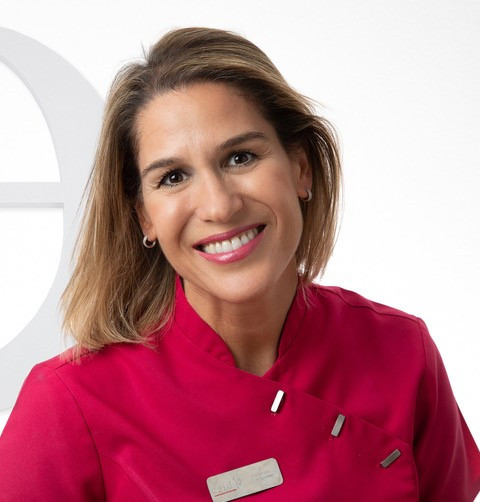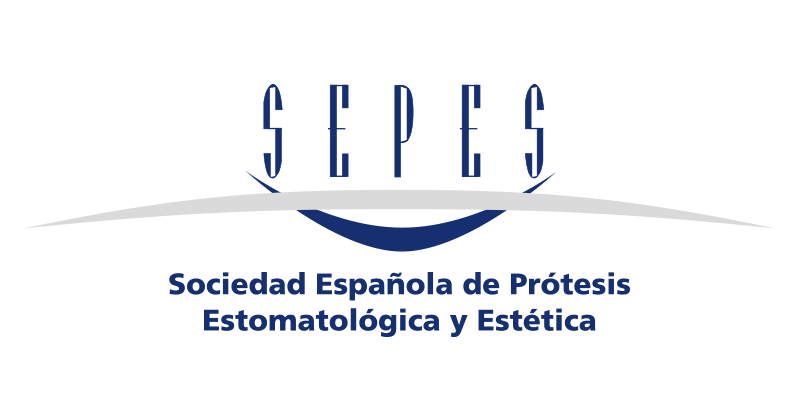HOW TO RESTORE BRUXING PATIENTS AND HOW TO ACHIEVE LONG-TERM STABLE RESULTS
Treating patients with bruxism can be complex and may result in frustration for both patients and the professionals treating them.
We will look at the signs and symptoms to diagnose them, as well as how to treat them to achieve long-term stable results.
We will show rehabilitations treated conservatively using adhesive techniques, as well as the importance of physiotherapy and neuromodulator techniques.
Learning objectives
1-recognizing the clinical signs and symptoms of bruxism
2-exploring adhesive techniques for conservative rehabilitation
3-integrating multidisciplinary approaches in bruxism management
CV
- Degree in Dentistry from the University of the Basque Country.
- Specialist in oral rehabilitations, holding a Master’s in Orofacial Prosthodontics from the Complutense University of Madrid.
- Completed a three-year university postgraduate program, *Advanced Education in Prosthodontics*, at the University of Southern California.
- Collaborator in the Master’s Program in Periodontology at the Complutense University of Madrid, as well as in the Master’s Program in Periodontology and Osseointegration at the University of the Basque Country.
- Elected member of the American Academy of Restorative Dentistry (AARD).
- Assistant Professor at the University of Southern California.
- Speaker at numerous national and international conferences.

